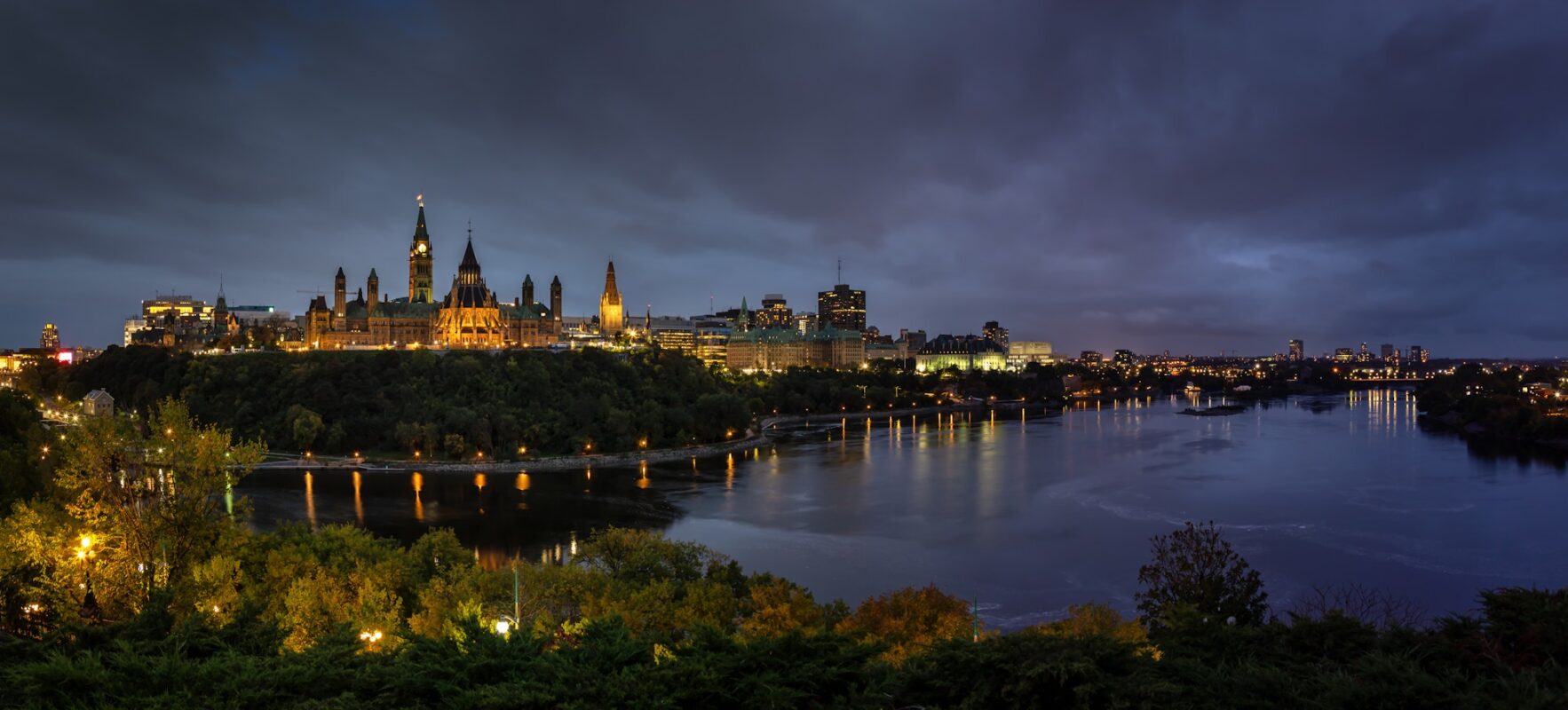
And: Stormwater is an asset!
And: Sustainable Prosperity report!
Excerpts from two bulletins by The Umbrella:
Rain gardens blooming across North America (# 49, 20 Oct 2016)
Rain gardens are inexpensive and simple to build. They are an environmentally sound method of managing urban stormwater runoff with the added benefit of beautifying city streets and neighbourhoods. These bowl shaped gardens capture rain onsite and reduce the amount of runoff entering storm sewers. As well, they improve the quality of water entering local waterbodies and reduce flood risk.
With all the benefits this simple green infrastructure provides it is not a surprise a growing number of North American cities are supporting the installation of rain gardens. The City of Calgary has created three large demonstration rain gardens in an area where traditional stormwater management technologies were not feasible. Thunder Bay, in partnership with Green Communities Canada member organisation EcoSuperior, created a Rain Garden Rebate program. Residents can receive up to $500 towards the creation of a rain garden on their property, and the City has also provided free courses on proper construction and maintenance.
The positive impact of rain gardens increases with the installation of multiple gardens. If you live in Maplewood, Minnesota the City offers rain gardens to residents undergoing road reconstruction. The City digs out the site, provides plants, and helps plant the rain garden. Since 1996, Maplewood has installed over 700 boulevard rain gardens maintained by homeowners and 60 rain gardens on city land maintained by city staff.
Rain gardens can also be strategically placed for collective impact. This is the philosophy behind 12,000 Rain Gardens in Puget Sound. Currently, local governments in the watershed provide financial incentives and rebates to support residents who build rain gardens. In places like Seattle, the building of rain gardens in targeted sewer overflow basins is encouraged through rebates to hire a trained rain garden contractor.
Roads and runoff—using green infrastructure to manage stormwater from roads (#50, 18 Nov 2016)
A large proportion of the hard surfaces that make up the urban landscape include parking lots, roads and driveways. In Ontario, there are nearly 200,000 km of roadways creating over 1,100km² of impervious surface – that’s an area greater than the entire city of Toronto! Twenty-five millimeters of rainfall across the province generates over 25 billion litres of stormwater runoff, and millions of kilograms of pollution that runs directly into local watersheds.
Managing road runoff through rain gardens, bioswales, infiltration galleries, or urban trees in the rights-of-way reduces stormwater volumes and stormwater pollution. These practices also make streets safer and more pleasant for pedestrians and cyclists, while sequestering carbon. These features are variously referred to as green infrastructure and/or Low-Impact-Development (LID).
Momentum for introducing green infrastructure into the construction and reconstruction of roadways in Ontario is slowly increasing. Credit Valley Conservation released have released a manual (15 MB, 166 pp.) Grey to Green Road Retrofits: Optimizing your Infrastructure Assets Through Low Impact Development. The City of Toronto will soon be releasing Green Street Technical Guidelines, which will help ingrain green infrastructure into street design practices.
Innovative projects like The Bentway (formerly known as Project: Under Gardiner) are transforming vacant, impervious spaces in the urban core into vegetated community hubs that capture runoff. The Bentway’s 1.75 km retrofit will change the Gardiner Expressway’s previously abandoned underbelly into a trail and public space. It offers opportunities to manage rain where it falls, treating and infiltrating the water that runs off one of Ontario’s most used highway stretches.
Projects in the U.S. continue to serve as a source of inspiration and model best practices. [Read more…]
~~~~~~
On October 5, 2016, TVO The Agenda’s Steve Paikin, in a program themed “Confronting Climate Change,” asked Gail Krantzberg of McMaster University: “Is stormwater an asset? Here is her inspiring answer (at the 19m26s mark; goes to 21m41s):
Comment: Ottawa is building storage tunnels and building 20% sensitivity tests into stormwater studies, but in pricing and creating incentives it’s missing the boat. E.D.
~~~~~~
Ottawa’s own Sustainable Prosperity Institute (now Smart Prosperity) issued a report, New Sustainable Solutions for Stormwater Management in Canada (September 2016, 92 pp., 6 MB). Includes six case studies.
